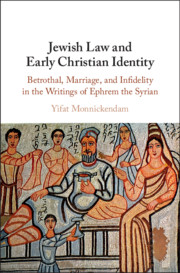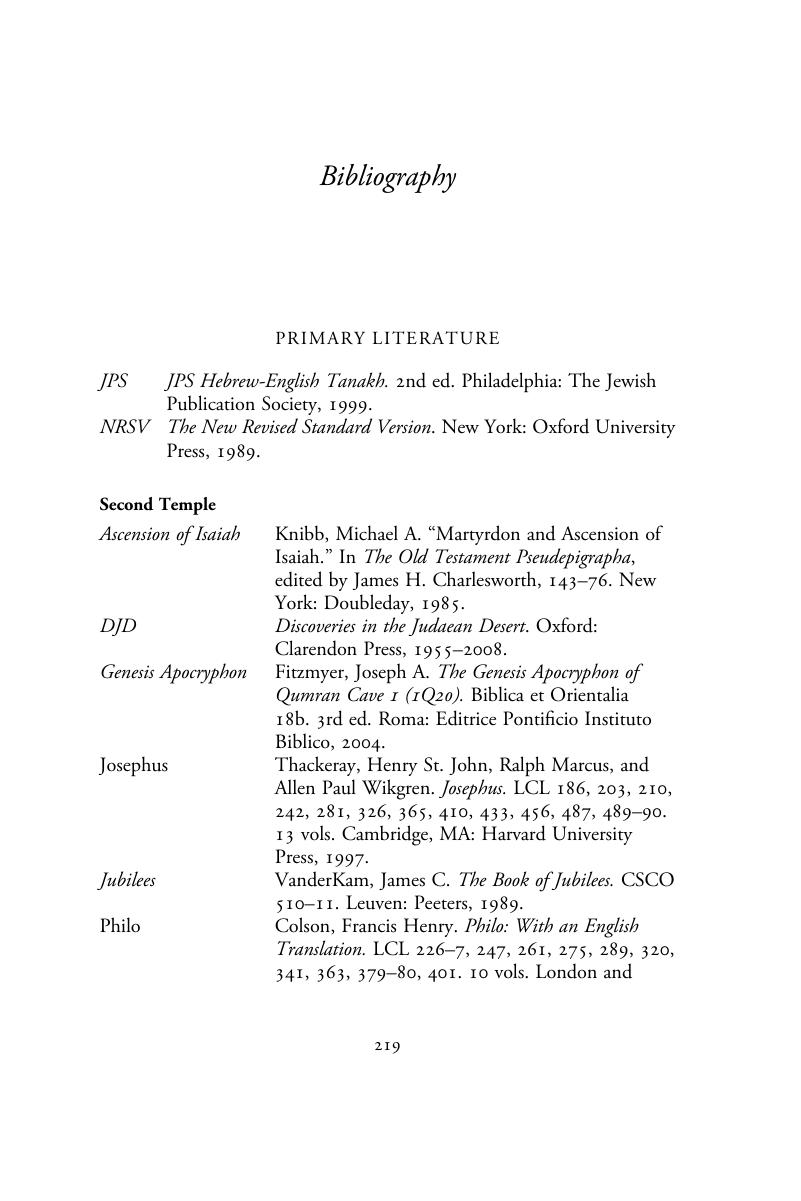 Jewish Law and Early Christian Identity
Jewish Law and Early Christian Identity Book contents
- Jewish Law and Early Christian Identity
- Jewish Law and Early Christian Identity
- Copyright page
- Dedication
- Contents
- Acknowledgments
- Introduction
- Chapter 1 Creating a Primary Bond
- Chapter 2 During Betrothal
- Chapter 3 Creating a Marital Bond
- Chapter 4 Breaking a Marital Bond
- Chapter 5 Discussion and Conclusions
- Bibliography
- Index Locorum
- Index
- References
Bibliography
Published online by Cambridge University Press: 12 December 2019
- Jewish Law and Early Christian Identity
- Jewish Law and Early Christian Identity
- Copyright page
- Dedication
- Contents
- Acknowledgments
- Introduction
- Chapter 1 Creating a Primary Bond
- Chapter 2 During Betrothal
- Chapter 3 Creating a Marital Bond
- Chapter 4 Breaking a Marital Bond
- Chapter 5 Discussion and Conclusions
- Bibliography
- Index Locorum
- Index
- References
Summary

- Type
- Chapter
- Information
- Jewish Law and Early Christian IdentityBetrothal, Marriage, and Infidelity in the Writings of Ephrem the Syrian, pp. 219 - 306Publisher: Cambridge University PressPrint publication year: 2020


